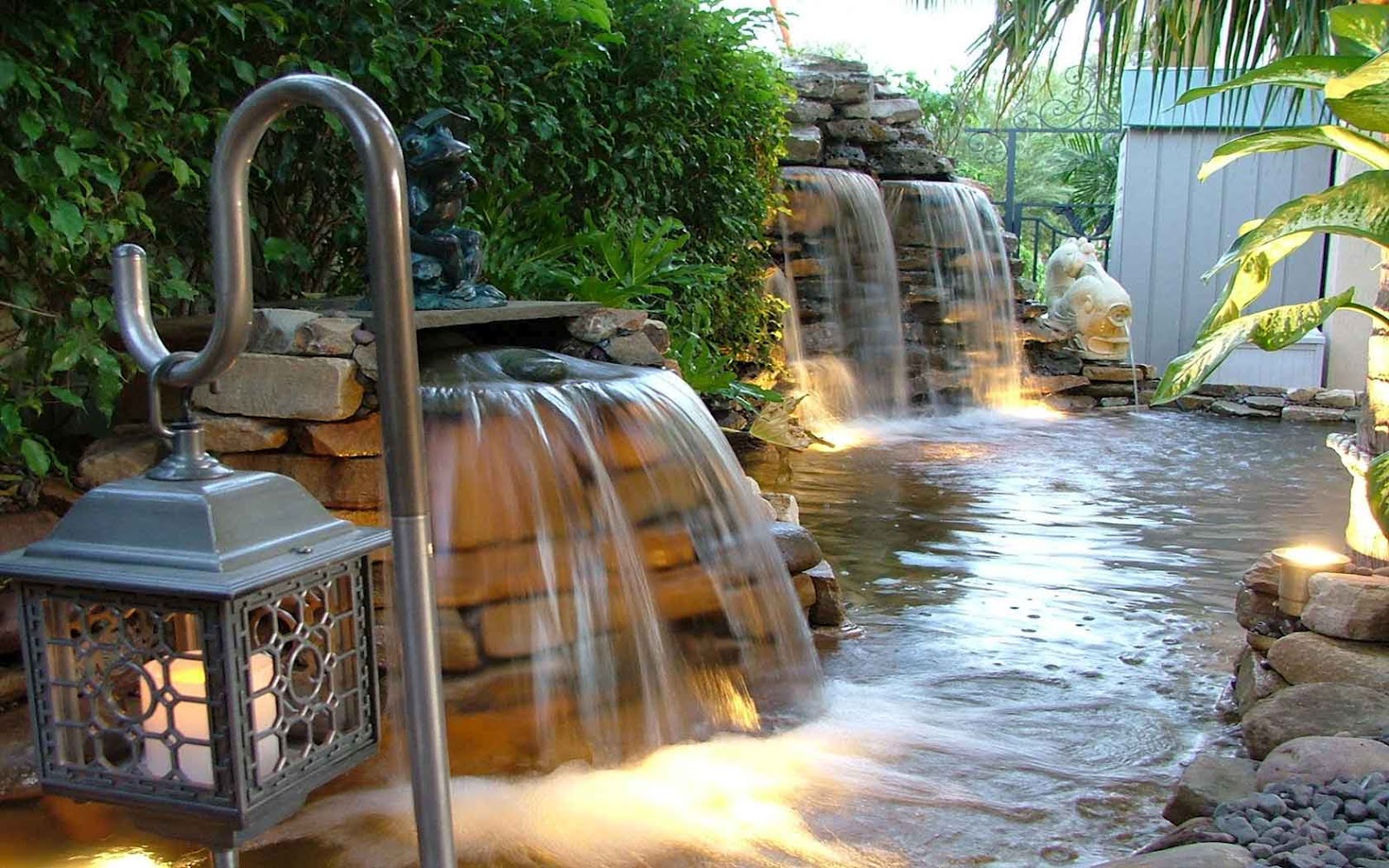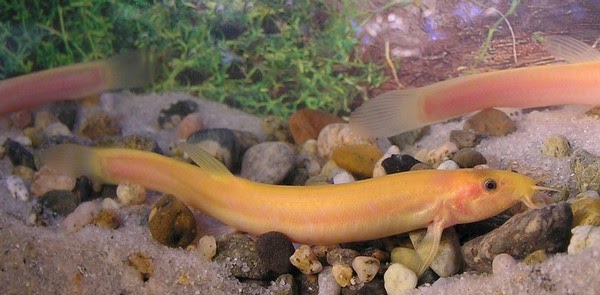
10 Tips for Keeping Weather Loach in Koi Pond: Everything You Need to Know
10 Tips for Keeping Weather Loach in Koi Pond: Everything You Need to Know

If you own a koi pond, you may have heard of weather loach. These small, peaceful fish are a great addition to any koi pond. They are easy to take care of and can help keep your pond clean. Weather loaches thrive in cooler water temperatures and can even survive in outdoor ponds in colder regions.
What is a Weather Loach?
Weather loach, also known as Dojo Loach, is a freshwater fish that belongs to the Cobitidae family. They are native to East Asia and are commonly found in Japan, Korea, China, and Russia. Weather loaches have a long, slim body and are typically brown or gray in color with black markings.

Tip #1: Check Your Pond’s Compatibility with Weather Loach
Before adding weather loach to your koi pond, make sure your pond is compatible with this type of fish. Weather loaches prefer ponds with a minimum depth of three feet and with a lot of hiding places, such as rocks, plants or caves. They should not be kept with aggressive or territorial fish, and a pond with ample space is essential to ensure that the environment is suitable for all inhabitants.

Tip #2: Monitor Pond Water Temperature
Weather loaches prefer cooler water temperatures, ranging from 10-20°Celsius. A high-quality thermometer will help you to monitor the temperature of your pond. Weather loaches are not suitable for ponds with water temperature exceeding 30°Celsius.

Tip #3: Feed Weather Loach the Right Diet
Weather loaches are omnivores and therefore require a varied diet, including live or frozen foods, such as Bloodworms, Tubifex worms or Brine Shrimp, and plant-based food like algae wafers or lettuce. A varied diet will help ensure the fish receive all the nutrients they need to remain healthy.

Tip #4: Check Pond Water Quality
It is important to monitor the water quality of your koi pond to ensure that your fish remain healthy. A good quality water test kit will help you to measure the pH, ammonia, nitrite and nitrate levels, All of these factors can have a significant impact on the health of your weather loach, so monitoring them is essential.
Tip #5: Keep Your Pond Clean
Keeping your koi pond clean is essential for the fish’s health. Overfeeding your fish leads to an increase of waste and debris in your pond, which will also attract populations of algae, harmful bacteria and parasites, therefore necessitating your pond to be cleaned more frequently.

Tip #6: Provide Adequate Solar Protection
Weather loaches prefer shaded areas to protect themselves from the sun, especially in the summertime, when sudden changes in temperature can be very harmful. Providing shade in your koi pond can be accomplished by adding aquatic plants like lilies or by creating shaded areas with the help of umbrellas.

Tip #7: Ensure Proper Oxygenation
Weather loaches require adequate oxygen levels to survive. Ensure your pond is equipped with an adequate oxygen supply, or consider an air pump to add to your pond to increase oxygen levels.

Tip #8: Maintain Ideal Water pH Level
Maintaining the right pH level is essential for weather loaches. They prefer a pH level of around 7.5-8.0, but can tolerate pH levels between 6.0 and 8.5. If you need to adjust the pH level of your pond water, be sure to use a pH buffer to ensure the correct balance is maintained.
Tip #9: Watch Out for Predators
Weather loaches can be preyed upon by larger fish, birds or mammals. Protect your koi pond by covering it with a fine mesh to keep predators out, or by creating an enclosed netted area within the pond that the weather loaches can hide in.

Tip #10: Regularly Check for Signs of Illness
Weather loaches have a reputation of being hardy fish, but they are not immune to illness. Regularly check for signs of illness, such as lack of appetite, lethargy, abnormal swimming or discoloration of the skin. Early detection of illness may help improve health outcomes.
Conclusion
Weather loach are a fantastic addition to any koi pond, and can thrive in a wide range of conditions. Just be sure to keep their basic needs in mind, such as adequate water temperature, feeding, clean water, shaded areas, and protection from predators. With attentive care, your weather loach will live a happy life and complement the beauty of your koi pond for many years to come!